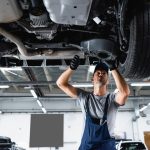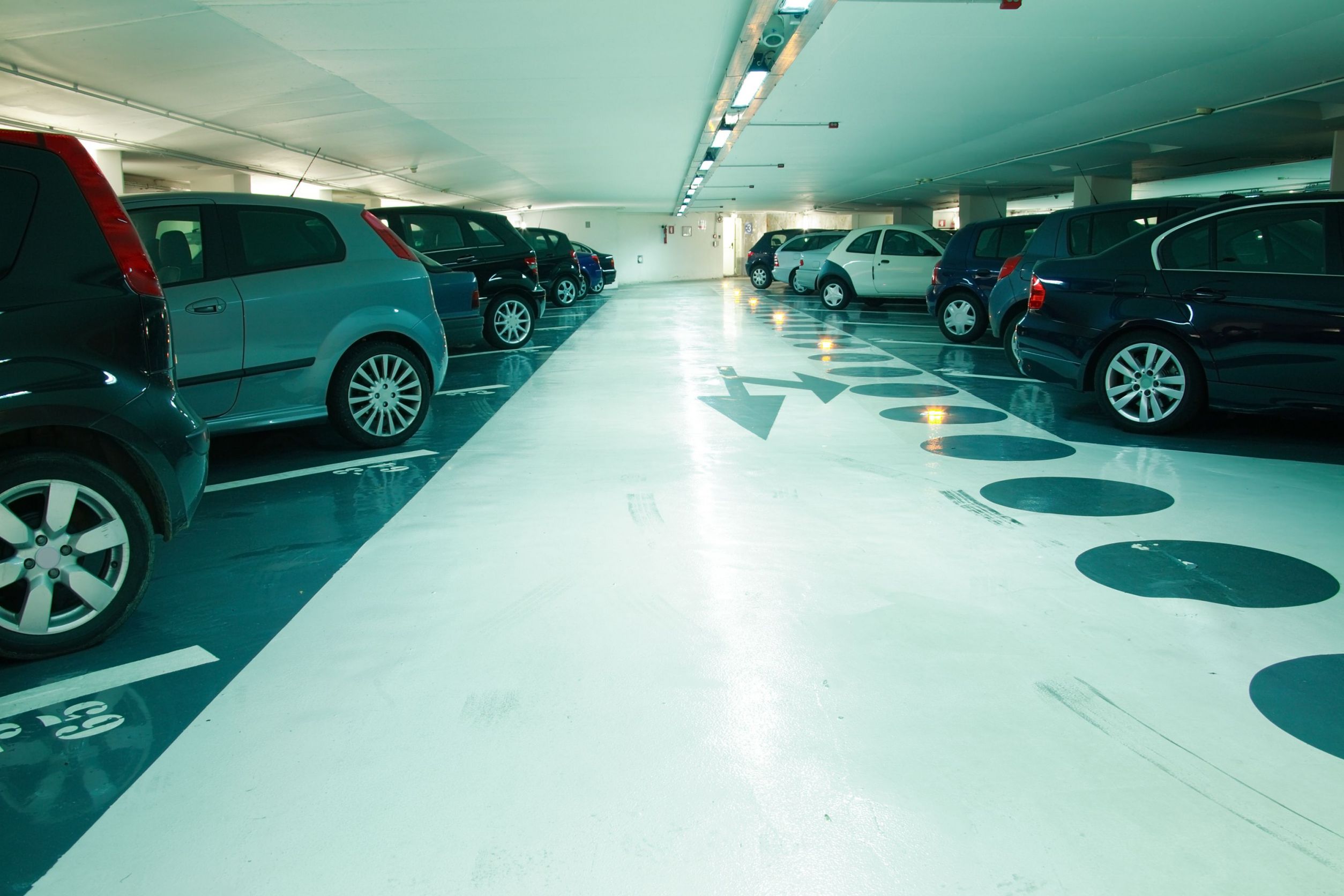If you have decided that police body cameras could help your precinct be better at what they do and keep people safe, you are not alone. They are for sale on many websites because they are popular and offer many benefits. However, it can be difficult to know which camera may be best for your needs, so there are some helpful tips available.
POV
When considering a camera that your officers will wear, it is important to ensure that the point of view is how you want it. Typically, around the chest options are used, but in a fighting stance, the camera may not cover anything of importance. Consider cap brims, sunglasses and other areas of the uniform for the best point of view.
Size and Comfort
Lighter versions are typically preferred by most because they are easier to carry throughout the day. Typically, these have to be worn for the duration of the shift; heavy or oddly shaped ones may pose more of a problem.
Reliability/Durability
Make sure the camera is durable and reliable. This means that the officer can bump into something, and it still work. If you are taping an entire shift and the battery runs out, it isn’t reliable enough for your needs.
Easy To Use
The more time an officer needs to get into the gear or get it ready for use means that they won’t want to wear them. Instead, look for something simple to place and turn on.
Mounting Options
Mounting options are limitless if you have the right equipment. Any part of the body can be used, such as shoulders, waist and collar, as well as hats and glasses. Having one camera that offers many options is typically best when searching for police body cameras for sale.
Price
Price is always a factor because you’ll need multiple items, at least one per cop. Just pay close attention to the full cost, including part replacement, upgrades and software.
Weather Resistant
Officers are out in every kind of weather, including rain, snow, hail, sleet and heat. Therefore, having a camera that works in all types of weather is crucial. Take into consideration where you live and what kind of weather you typically see in a year to ensure that the camera can be used at all times.






